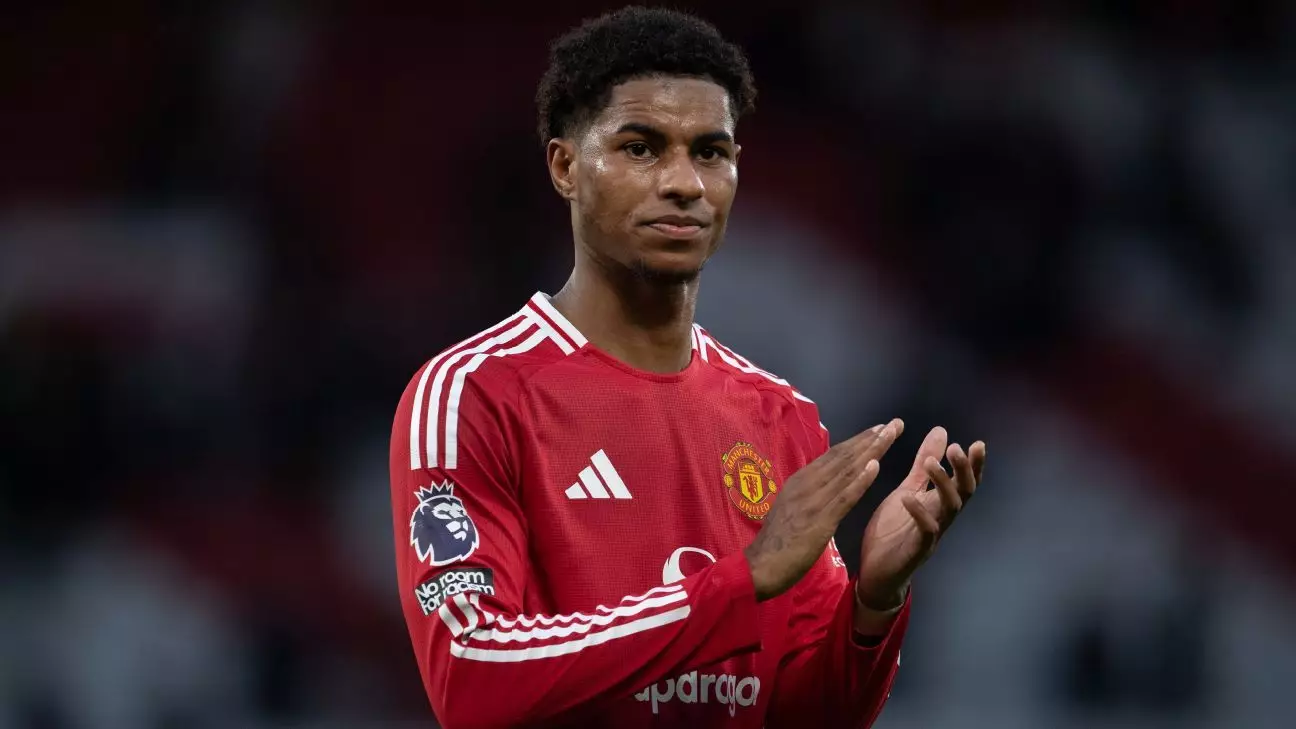The opening of the Premier League transfer window marks a pivotal moment in the football season, allowing clubs to reevaluate and bolster their squads for the remainder of the campaign and the future. This year’s window opened on Wednesday, emphasizing the strategic importance of making well-informed decisions in a time-sensitive environment. The window will remain open until February 3, 2025, at 11 p.m. GMT, creating a buzzing atmosphere as clubs assess their needs and target potential acquisitions. As part of the broader football ecosystem in England, this transfer window is paralleled in various other leagues across Europe, albeit with slight variations in timelines and closing dates.
A glance at the fiscal landscape reveals a stark contrast between previous transfer windows and the current climate. In January 2023, Premier League clubs collectively spent a jaw-dropping £815 million, setting records that seem difficult to replicate in the present market. The latest data from Deloitte highlights a marked reduction in spending, with clubs only splashing out around £100 million during the preceding January window, which is a substantial drop from prior years. Given the stringent economic realities post-COVID-19, teams appear more cautious, possibly indicating a strategic pivot towards fiscal sustainability rather than unchecked spending.
Interestingly, Tottenham Hotspur’s signing of defender Radu Dragusin from Genoa for around €25 million has emerged as the most significant transaction of this window, demonstrating that while the aggregate spending may be reduced, individual player valuations remain substantial. Such shifts prompt questions regarding the assessment of player worth in the market, especially amid economic constraints influencing club budgets across Europe’s elite leagues.
As the transfer window progresses, player speculation is heating up, with several high-profile names generating significant buzz. Manchester United’s Marcus Rashford has been in the limelight after expressing an openness to new challenges, a sentiment that resonates within the broader context of performance-related issues. Having been a part of Manchester United’s ranks since childhood, his potential departure could signify deeper underlying issues within the club’s management and performance strategies.
Rashford’s situation is not isolated. The futures of Liverpool’s Mohamed Salah, Trent Alexander-Arnold, and Virgil van Dijk are also up in the air as they enter the final months of their contracts. With the possibility of pre-contract agreements on the table, the transfer window serves as a critical juncture for clubs seeking to retain their top talents or sell them for a lucrative fee, signaling a new era of player management in modern football.
Similarly, Manchester City’s Kevin De Bruyne is caught in the contractual limbo that confounds many elite players today. The real question arises: how will clubs respond to the growing trend of players seeking greener pastures? The notion of loyalty is being tested, pushing both management and fans to reconsider what remaining with a club truly signifies.
The trend of reduced spending within the Premier League coincides with a contrasting increase in the transfer dealings of the top five European leagues. The figures soared from €255 million in January 2023 to €455 million in January 2024, suggesting that while Premier League teams are introspective about their financial reserves, rival clubs are positioning themselves more aggressively in the market. This divergence raises questions about competitive balance and the relative strength of different leagues, with implications for player development, marketing opportunities, and television rights negotiations.
The ongoing transfer window represents a vital opportunity for clubs to recalibrate their projected paths and realign their rosters based on performance, aspirations, and financial realities. As speculation rises around prominent players and the spending landscape continues to evolve, one thing remains clear: the dynamic of football transfers is ever-changing, driven by complex interplays of economics, player ambition, and club strategies. The 2024-25 season is poised to be a rollercoaster of transitions, revealing much more than just who changes shirts, but rather how these changes may shape the future of the beautiful game.


Leave a Reply